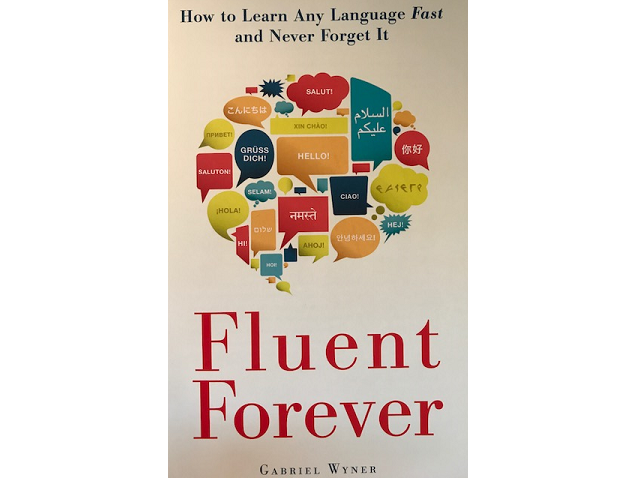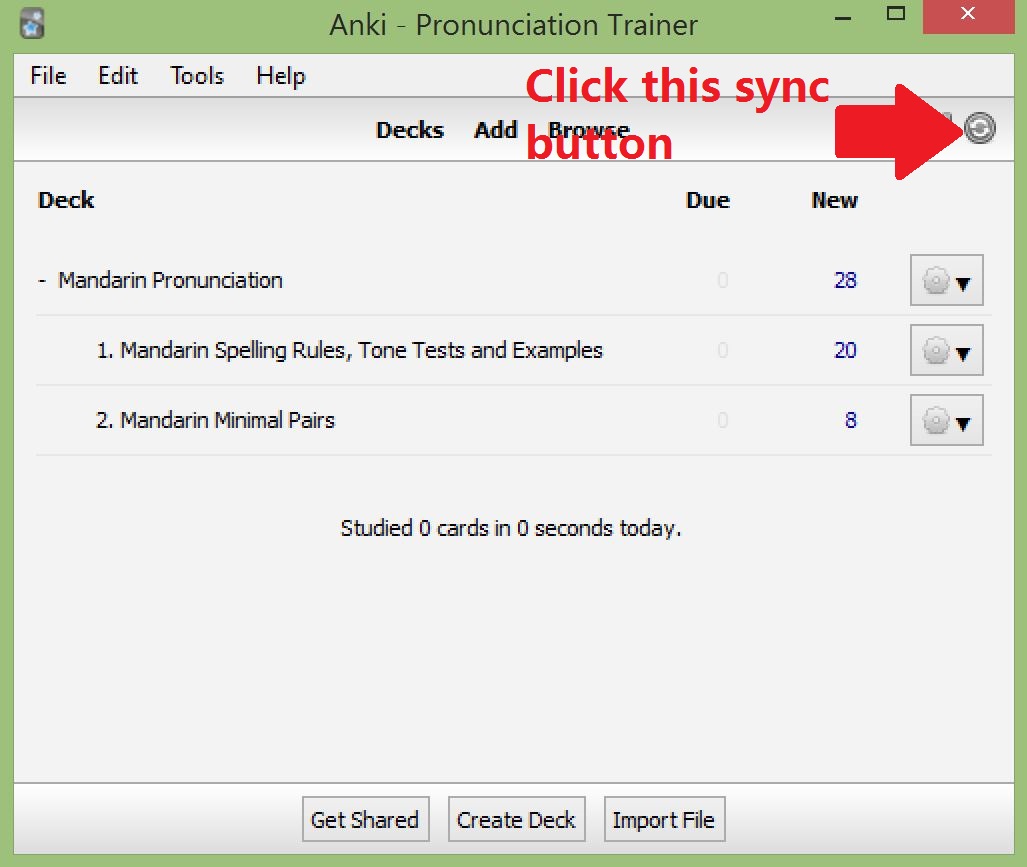

I also downloaded Wyner’s pronunciation trainers and worked through those in Anki. Per the book, I created cards that just showed the image and required me to respond with the underlying word prompt. memory competition.įollowing along the lines of Fluent Forever, I basically built an Anki deck, finding pictures on Google Images that summarized a vocabulary word’s meaning and allowing my brain to graft on it. This focus on visual learning is the technique that comes out of Moonwalking with Einstein, the bestselling book by Joshua Foer about Foer’s training for the top U.S.

Wyner has many thoughts about learning languages, but his technique is essentially to use visual memory to more deeply imprint vocabulary into our brains, and to use audio files to focus on proper pronunciation. I spent a bunch of time working and building upon Gabriel Wyner’s Fluent Forever, which is a good book as far as these go (he also now has an accompanying app which he crowdfunded, although I haven’t used it). I also sought out resources to just get better at language learning as a skill. I spent a bunch of time analyzing Korean and Chinese using Python on this front (unfortunately, I can be a lazy writer, so apologies for never posting any of those discoveries to the web). By erasing those connections, we do our brain a huge disservice, because we prevent it from placing a new piece of information within the context of everything else we have learned.

One part of that thought process had to do with how linear we learn languages, when languages are actually more like graphs - with each word, phrase, and grammar point connected to each other. That’s just not practical as a side hobby.įluent Forever’s approach (Anki v.2) and why it failed (at least for me)Īfter giving up Anki in frustration a couple of years ago, I started to reflect on how I learned languages and why foreign language learning remains so challenging. What started at 10-15 minutes per day soon morphed to 30 minutes to 50 minutes a day. The time it took to get through Anki’s daily cards just kept going up - what I dubbed at the time as the Anki treadmill.Korean (like English, French, and I am sure other languages) has variations of the same meaning of a word, and that can make it challenging to do English to Korean and Korean to English vocabulary cards and keep them straight. Synonyms made it very hard to keep track of words.Too many words were lightly impressed in my head - at some point, there was just an overwhelming number of words that I couldn’t remember, despite running through flash cards on a daily basis.To summarize the challenges I had with Anki the first time around: But that required understanding more about how I learn languages as well as customizing certain patterns of Anki for use with Korean, which has its own unique characteristics as a language. That post remains this website’s most popular by traffic, elicited extensive discussion in the comments, and also still triggers regular emails from readers asking questions about it.īut the reality is that I didn’t quit (although I did take a break), and I think I have finally managed to get Anki to work well for me. A little more than three years ago, I wrote a post called I Quit: 2+ Years of Anki and the (Near) Impossibility of Learning Languages, discussing my travails in using flash cards to learn foreign languages.


 0 kommentar(er)
0 kommentar(er)
